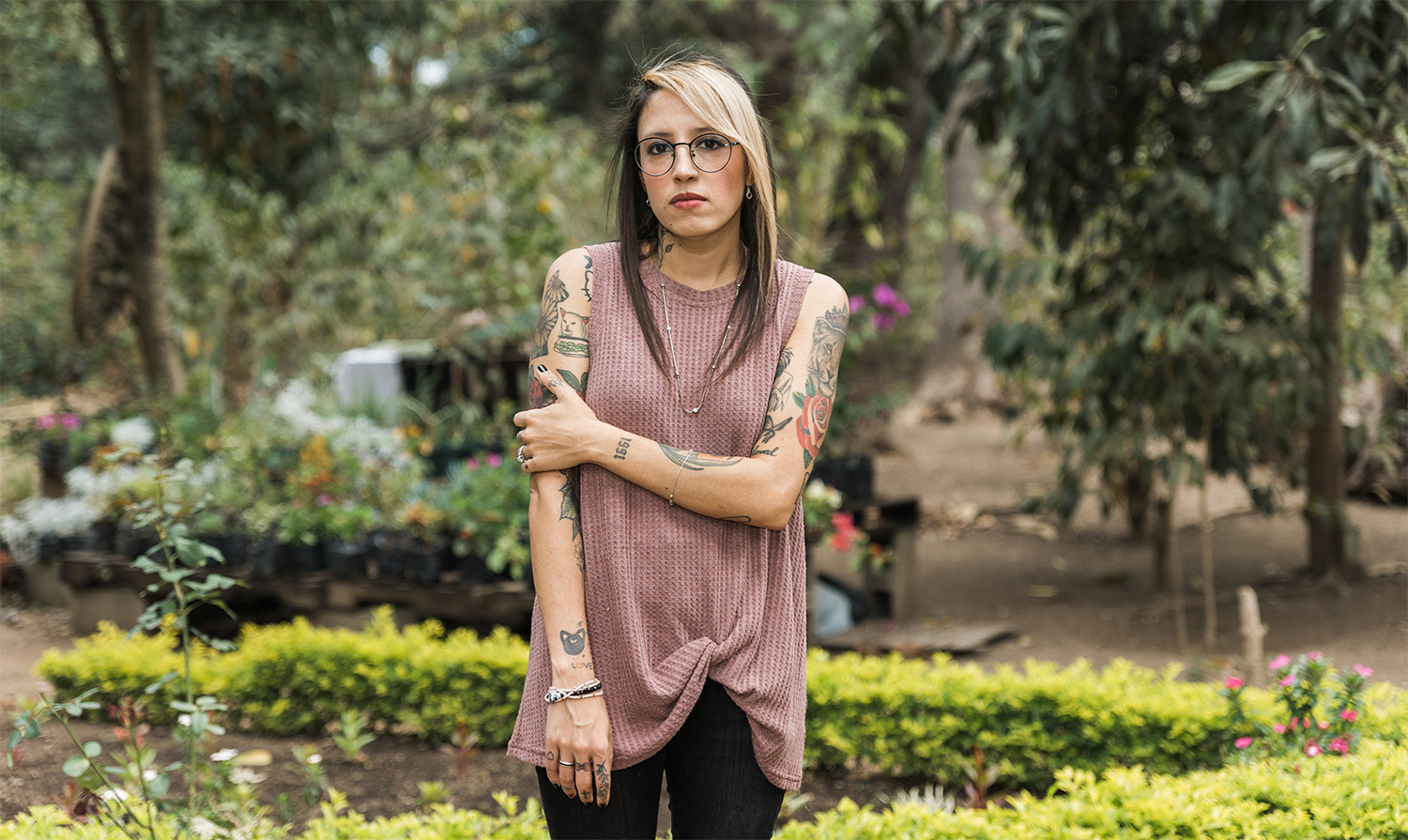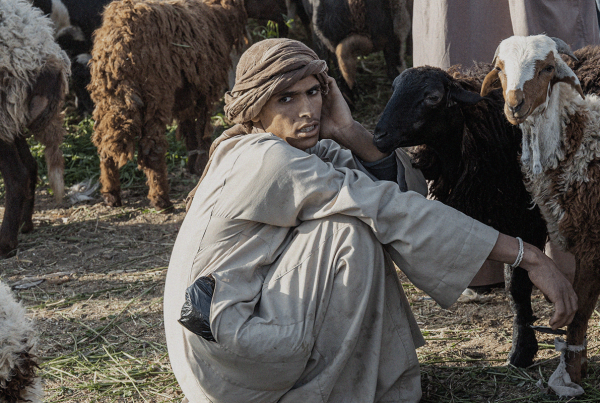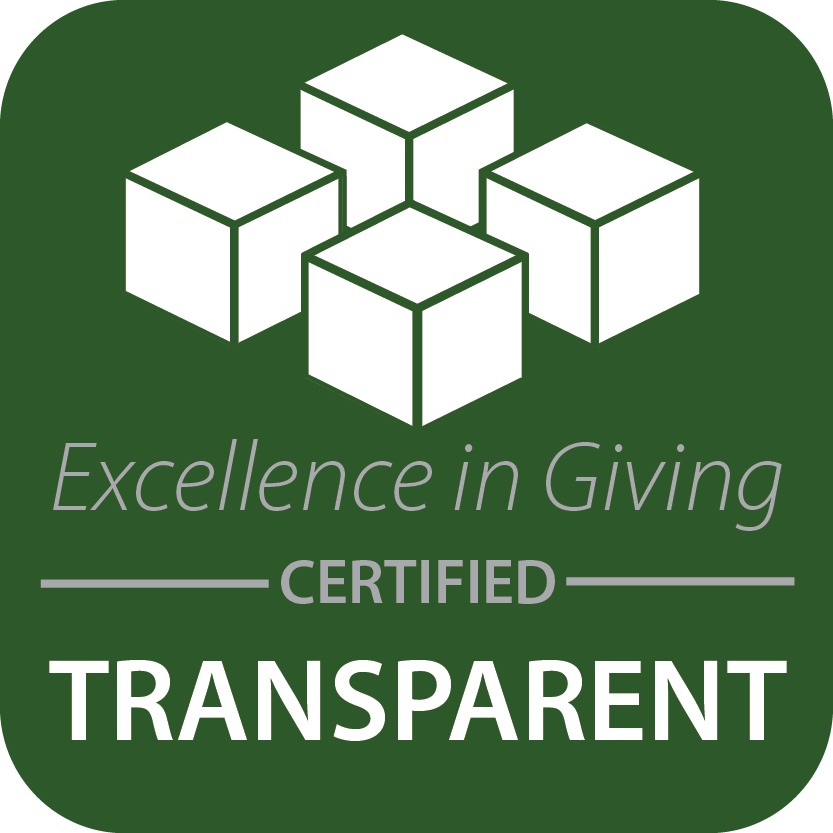There are nearly 50 million people trapped in modern-day slavery around the world, and the numbers are growing. Who are these human trafficking victims? Read on to learn who is most impacted by this $245-billion-dollar criminal industry and what you can do about it.
Note: In this article, we use the term “victims” for clarity in referring to those who are actively being victimized by human trafficking crime. In general, our preferred way to refer to those who have experienced trafficking is “survivor.” Learn more about how we talk about human trafficking.
Who is most likely to be a victim of human trafficking?
Traffickers prey on the most vulnerable. They look for people in need who are without protection. According to the Global Report on Trafficking in Persons, these are the most common factors traffickers exploit:
- 51% of victims were in financial need
- 20% were children in a dysfunctional family
- 13% were trafficked by an intimate partner
- 10% were immigrants whose status was exploited
- 10% faced mental, behavioral, or neurological disorders
- 9% were children deprived of parental care
- 6% had limited education or knowledge of the primary language where they were exploited
- 3% had a physical disability
Often, victims of human trafficking possess several of the above vulnerabilities.
Around the world, the vulnerabilities of ethnic minorities and indigenous communities are exploited by traffickers. Indigenous communities are more likely to be impacted by environmental degradation and armed conflicts. They may also lack formal education and access to basic services. They may not speak the official language or be citizens of their countries.
For example, ethnic minorities from the Hill tribes in northern Thailand often lack citizenship and may not speak Thai. Their families are often impoverished and have been impacted by armed conflicts in Myanmar. Knowing these vulnerabilities, traffickers exploit girls from the Hill tribes in sex trafficking in the major cities of Thailand.
How many human trafficking victims are children?
According to the International Labour Organization, 25% of human trafficking victims are children. Child trafficking in particular is more prevalent in low-income countries where children are forced to enter the workforce and families are looking for any way to meet basic necessities.
Tragically, in the case of child trafficking, nearly half of all cases globally involve a family member trafficking the child. For example, in one case The Exodus Road investigated, an older male relative of two young boys recorded videos of himself sexually abusing the boys. He would then sell this content online to profit from the abuse, manipulating the boys into silence by buying them expensive gifts.
This is familial trafficking, and it’s also a growing form of trafficking known as the Online Sexual Exploitation of Children. Thanks to local law enforcement and our Thai team’s investigations, this man and his accomplice have been arrested, as well as 40 of their customers. Our social workers are following up with the boys to ensure their long-term safety and healing.

Thanks to collaboration between Thai law enforcement and The Exodus Road, this man was arrested for trafficking his 6- and 10-year-old relatives.
How are victims recruited into human trafficking?
Although sometimes we picture human trafficking involving a dramatic kidnapping scenario, that’s not the case the majority of the time. In the majority of cases, the victim knows and trusts the trafficker.
- 41% are trafficked by family members
- 14% are trafficked by intimate partners
- 11% are trafficked (or recruited) by friends
- 34% are trafficked by another means
In one case The Exodus Road investigated, girls in Venezuela were being recruited by friends to take modeling jobs in another country. However, when the girls arrived, they learned they actually would be forced into sex work.
Why would someone do this to a friend? In this case, it was the recruiters’ only chance to escape trafficking themselves. If they were able to recruit other girls, the traffickers would shorten their time in forced sex work. Thanks to the investigations of our team in Latin America and law enforcement, the traffickers were arrested, and the girls were freed.
In many cases, people are recruited into trafficking situations through false job promises. In a growing trend in Southeast Asia, young tech professionals apply for IT jobs in other countries, only to find themselves being forced to scam others online in compounds in Myanmar or Cambodia. These victims of human trafficking often look very different from the more common profile of victims mentioned above, as they are educated professionals.
Where are human trafficking victims from?
Human trafficking happens in every country around the world, but there are some places where it’s more prevalent. The Asia and Pacific region has the highest number of victims of human trafficking. This region accounts for more than half of the total victims — 29.6 million. But if you look at the percentage of a country’s total population being exploited, the Arab States have the highest rate of exploitation, at 10.2%.
The regions of the world, ranked by number of people in human trafficking:
- Asia and the Pacific: 29.3 million
- Africa: 7 million
- Europe and Central Asia: 6.4 million
- Americas: 5.1 million
- Arab States: 1.7 million
The regions of the world, ranked by prevalence (per thousand people) of human trafficking:
- Arab States: 10.1%
- Europe and Central Asia: 6.9%
- Asia and the Pacific: 6.8%
- Africa: 5.2%
- Americas: 5%
Source: ILO, Global Estimates of Modern Slavery: Forced Labour and Forced Marriage, 2021
People are trafficked in every country, whether the country is low-, middle-, or high-income. However, low- and lower-middle-income countries have the highest rates of exploitation. It’s also important to keep in mind that many people being trafficked in any country may be migrants there.
Keep learning: Where does human trafficking occur?

Are most human trafficking victims male or female?
The majority of human trafficking victims are female, although there are still very large numbers of men and boys who are trafficked:
Human trafficking victims are:
54% female
46% male
Of those caught in sex trafficking specifically, 80% are female. However, more than half of those in forced labor are male. When it comes to forced marriage, 68% are female, and 32% are male.
What kind of trafficking are most victims caught in?
According to the ILO, 44% of human trafficking victims are in forced marriage, 43% are in forced labor, and 13% are in forced sexual exploitation.
Human trafficking victims by type of exploitation:
- 44% forced marriage
- 43% forced labor
- 13% forced sexual exploitation
Learn more about the types of human trafficking.
What can I do to help people caught in modern-day slavery?
The scope of human trafficking is immense, but that doesn’t mean there’s nothing you can do about it.
The first step is to get educated. Learn more about the problem of human trafficking by taking The Exodus Road’s TraffickWatch Academy, a free online course that will offer you:
- Facts and statistics about human trafficking in the U.S. and around the world
- Warning signs that a person might be trafficked
- Practical action steps to combat human trafficking in all its forms
- Quizzes to test your knowledge
- A certificate demonstrating your proficiency in human trafficking awareness
You can also support those on the frontlines of fighting human trafficking by donating to The Exodus Road. Our teams help law enforcement free victims of human trafficking and arrest perpetrators. We also provide training and education to stop trafficking before it starts and provide aftercare to help survivors of trafficking on their journey toward healing.







